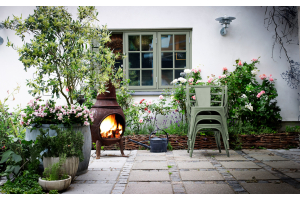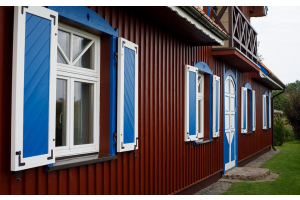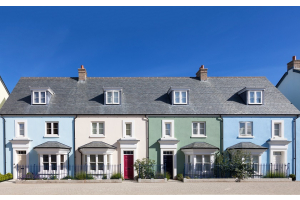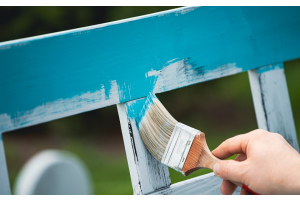- Tinted Paints
- Interior Emulsion Paint
- Interior Trim Paint
- Interior Varnishes & Oils
- Interior Furniture Paint
- Anti Mould Paint
- Anti Damp Treatment
- All Surface Primer
- Special Surface Primer
- Floor Paints & Coatings
- Exterior Paint
- Exterior Masonry Paints
- Exterior Trim Paints
- Exterior Paint Undercoat
- Exterior Oils & Varnishes
- Shed & Fence Paints
How to Plan Your Next Big Decorating Project
Do you find yourself browsing sites like Pinterest and Houzz
wishing your home matched the pretty pictures? Perhaps, you’ve visited a friend
and been inspired by their beautiful open plan living area or maybe you’ve seen
something on TV that has made you think of decorating your own house. Whatever
the inspiration in this blog we’ll take a look at how to plan your next big
decorating project to ensure it is successful.
Set a budget
When planning any renovation work for your house it is
important to set yourself a realistic and affordable budget. You may have grand
plans but if you don’t have the budget to match then you’ll quickly become
frustrated and lose motivation. With a realistic budget in place, you can
choose items based on price and ensure you don’t overspend.
Create a shortlist
When thinking about decorating a room it helps to create a
shortlist of things that you want to include to create the look and feel you
want. From using a mood board to listing items of furniture and furnishings
that you like, understanding how you intend to use a room will help you create
a shortlist of things that you need.
Once you know how you intend using the space you can think
about spaces that inspire you and places that evoke the feelings you like.
Think about these places and how they achieve these feelings as this is key to
understanding how this can be achieved in your own home. This can be anything
from the way that lighting is used to the feeling of luxury you get from deep,
plush carpets.
Test your ideas
While a mood board is great for pulling together ideas for
colours, images of spaces, patterns and other elements, nothing beats testing
it out in your house. Get samples of wallpaper, paint, flooring to see how they
look in your home. As the walls play such a central role in the décor of your
home this is the place to start.
Wall choices
When deciding on your wall finishing you need to consider
how you want these to look and some of the choices include painted walls using
a single colour, wallpapered walls using a single paper, painted or wallpapered
walls with a different wallpaper or painted colour on one wall (feature wall),
or painted walls with paint effect, colour blocking or vinyl wall stickers.
You can use colour cards, wallpaper samples and paint tester
pots to test these out and make your choice based on what looks good in your
home. When using paint tester pots use an A4 piece of white card to avoid
painting directly on your walls and hang this in different places in your room
to see how the paint is affected by light at different times of the day.
Flooring
The look and feel of flooring play a big part in how a room
feels so make sure you take this into account when making your decision.
Flooring samples are easy to obtain and can help you get a feel for how
different flooring would look in your home. Make sure to pair these up with
your paint and wallpaper choices to see how they work together.
Soft furnishings
Curtains, rugs and cushions are all used to help pull a room
together so make sure that you consider these when making your decision for
your room. These also need to be added to your budget if you will be changing
the soft furnishings to match your newly inspired interior.
Find a decorator
Once you’ve done the hard work of deciding exactly what you want it's time to find yourself a decorator to complete your project and give your room a professional finish that is free from hassle.







